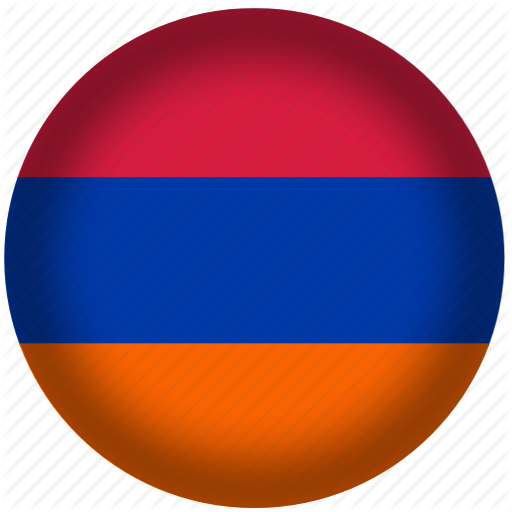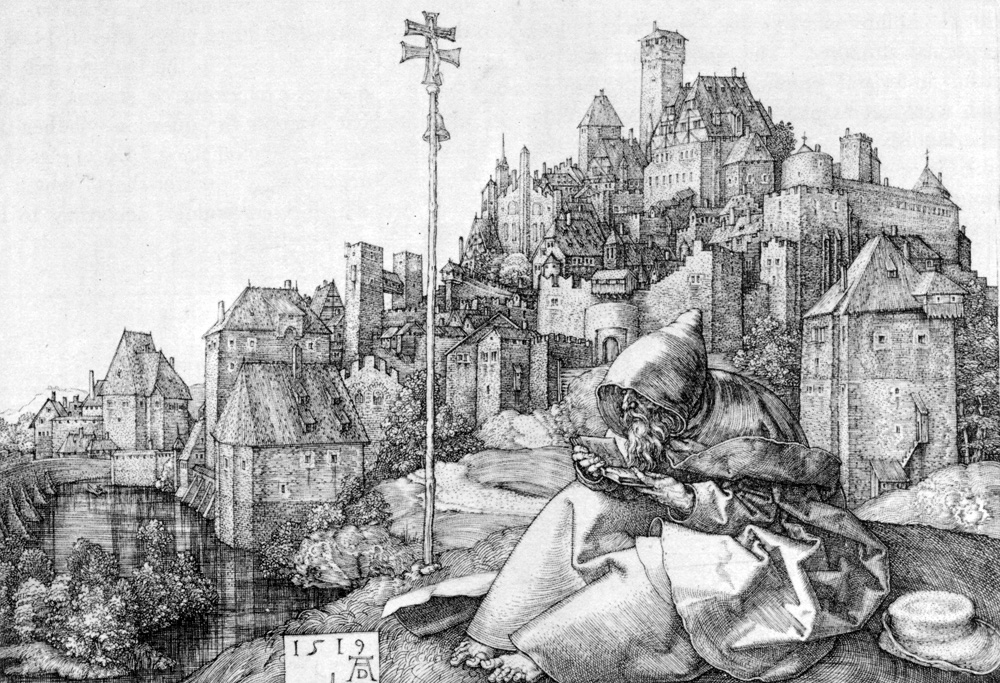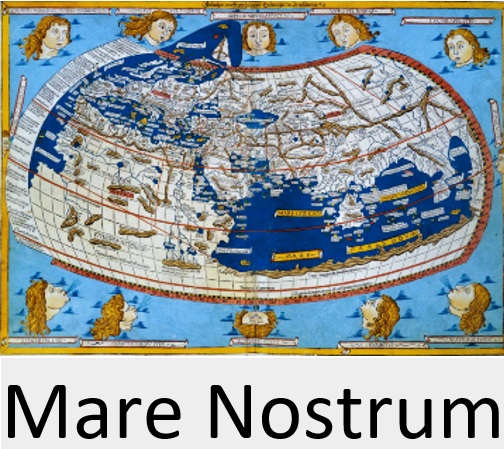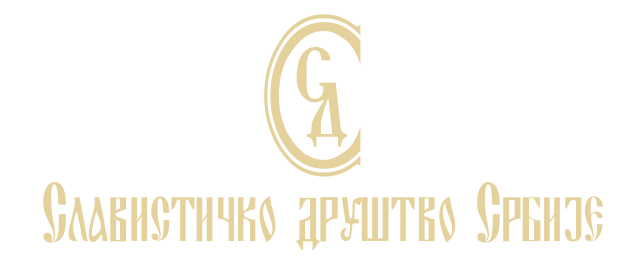DOI: https://doi.org/10.34680/urbis-2025-5(1)-8-23
The World Tree as a symbol of the new capital: A semiotic analysis of the architectural image
Dinara Saikeneva
Кazakh Ablai Khan University of International Relations and World Languages
Almaty, Kazakhstan
ORCID: 0000-0002-0333-188X
ABSTRACT
This article examines the role of traditional symbols in the architecture of Kazakhstan’s new capital, viewed through the prism of a semiotic approach. The study focuses on the Baiterek monument, which embodies the image of the World Tree, a key element in the mythological and cultural heritage of the Kazakh nomadic civilization. The importance of studying this symbol lies in its ability to convey the worldview of nomadic culture in a modern urban environment. The relocation of the capital presented a unique opportunity to create an architectural and cultural image that combines traditional elements with contemporary ideas. Baiterek became the central element of this concept, embodying cultural meanings and political ideas related to the formation of a new national identity. This monument, symbolizing the axis of the world and the unity of the earthly and the heavenly, serves both a decorative and a semantic function, becoming an iconic element of the urban environment. The article examines how traditional symbols are reinterpreted and incorporated into architectural forms and their significance in creating a holistic image of the capital. The symbolic reinterpretation of ancient motifs within contemporary design exemplifies the dynamic interplay between memory and innovation, crafting a narrative that resonates with historical consciousness and future aspirations. The study emphasizes the importance of a semiotic approach to understanding architectural space as a communication system in which visual elements shape the collective perception of the city. In this context, Baiterek serves not only as a landmark but also as a robust cultural symbol that helps to strengthen national identity and convey traditional values through its architecture.
KEYWORDS: Baiterek monument, Astana, national identity, semiotics, political symbolism, nomadic heritage.
References
Albo, F. (2017). Astana: Architecture, myth and destiny. Vidacom Publications.
Fedotova, N. G. (2024). Urban identity: Spatial aspects. Urbis et Orbis. Microhistory and Semiotics of the City, 4(2), 169–182. https://doi.org/10.34680/urbis-2024-4(2)-169-182 (In Russian).
Figurniy, G. N. (2019). Semiotics of architecture: Half a century in search of imaginary entities. Architecture and modern information technologies, 4(49), 57–70. https://doi.org/10.24411/1998-4839-2019-00005 (In Russian).
Karpievich, V. A. (2022). The role of religious buildings in forming the appearance of Belarusian cities at the end of the 16th – beginning of the 20th centuries. Urbis et Orbis. Microhistory and Semiotics of the City, 2(3), 73–93. https://doi.org/10.34680/urbis-2022-2(3)-73-93 (In Russian).
Kourtit, K., & Nijkamp, P. (2022). Urban cultural vanguards: why culture matters for urban success. Journal of Urban Management, 11, 198–213. https://doi.org/10.1016/j.jum.2022.05.006
Lotman, Yu. M. (1992). Selected Works. Vol. 1. Aleksandra. (In Russian).
Ngulani, T., & Shackleton, C. M. (2019). Use of public urban green spaces for spiritual services in Bulawayo, Zimbabwe. Urban Forestry & Urban Greening, 38, 97–104. https://doi.org/10.1016/j.ufug.2018.11.009
Ramyar, R. (2020). Learning from tradition: The role of environment perception layers in space making – The case of the Persian Garden. Journal of Urban Management, 9, 238–249.
Saikeneva, D. K., Nauryzbayeva, A. B., & Khazbulatov, A. R. (2022). The Symbol of the World Tree in the Ritual and Everyday Practice of the Kazakhs. Bulletin of Kazakh National Women’s Teacher Training University, 4(92), 6–16. https://doi.org/10.52512/2306-5079-2022-92-4-6-16 (In Russian).
Satanar, M. T. (2020). The Tree of Aal Luuk Mas: Semiotic interpretation of the mythological image in Olonkho Epic. Oriental Studies (Bulletin of the Kalmyk Institute for Humanities of the RAS), 13(4), 1135–1154. https://doi.org/10.22162/2619-0990-2020-50-4-1135-1154 (In Russian).
Sharaeva, T. I. (2020). Sacred code in the space of Kalmyk Traditional Dwelling. Oriental Studies, 13(1), 41–54. https://doi.org/10.22162/2619-0990-2020-47-1-41-54 (In Russian).
Tange, K. (1976). From architecture to urbanism. Japanese Architecture: Tradition and Modernity. Progress. (In Russian).
Toktabay, A. (2004). The cult of the horse of the Kazakh people. KazIzdat-KT. (In Russian).
Toporov, V. N. (2010). World tree. Universal sign complexes. Vol. 1. Manuscript Monuments of Ancient Rus. (In Russian).
Valikhanov, Ch. (1986). Selected Works. Nauka. (In Russian).
Yankovskaya, Yu. S. (2004). Architectural composition and semiotics – genesis of ideas. Architecton: Proceedings of Higher Education, 2(7). http://archvuz.ru/en/2004_2/3
(In Russian).
Yussupova, A., Liu, S., Namazbay, A., Rahimian, F. P., & Ebrahim, A. N. (2017). Ornamental art and symbolism: Activators of historical regeneration for Kazakhstan’s landscape architecture. International Journal of Architectural Research: Archnet-IJAR, 12(3), 193–213. https://doi.org/10.26687/archnet-ijar.v11i3.1358
Information about the author
Dinara K. Saikeneva
PhD (Chinese History),
Associate Professor of the Oriental Studies Department
Kazakh Ablai Khan University
of International Relations and World Languages
200, Muratbayeva, Almaty, 050022, Kazakhstan
ORCID: 0000-0002-0333-188X
e-mail: [email protected]
For citation:
Saikeneva, D. K. (2025). The World Tree as a symbol of the new capital: a semiotic analysis of the architectural image. Urbis et Orbis. Microhistory and Semiotics of the City, 5(1), 8–23. https://doi.org/10.34680/urbis-2025-5(1)-8-23








